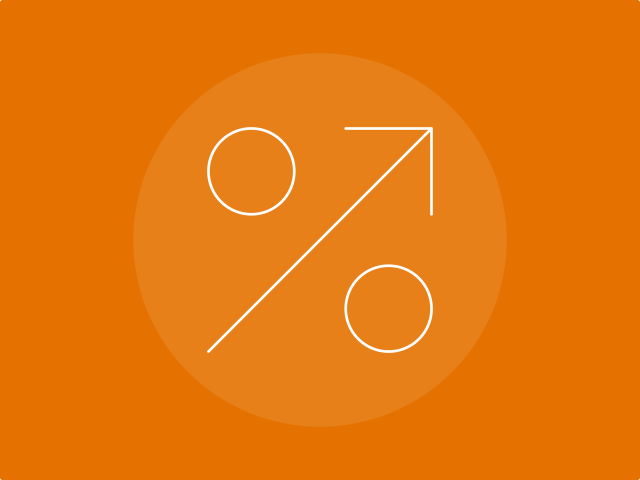

 Article
Article

 Darden Professor Justin Hopkins and Dain Donelson examine the effects of market-wide decline on the same day a company communicates negative news.
Darden Professor Justin Hopkins and Dain Donelson examine the effects of market-wide decline on the same day a company communicates negative news.

Written by
Bad news on a bad day? It can be risky business for publicly traded companies.
Companies that disclose negative news on a day on which the stock market closes with a significant decline are twice as likely to be sued, according to research co-authored by Darden Professor Justin J. Hopkins. If the case is settled, these companies are more likely to pay larger damages.
The data is dramatic: The rate of litigation rises around 60 percent. If the case settles, the settlement amount doubles, from $5 million on average, to $10.1 million.
This finding is important because market-wide events can’t legally be factored into damages. Juries are required to base damages only on losses directly caused by the company’s own actions.
“Market returns shouldn’t matter from a legal standpoint, but we find they do,” Hopkins notes. “We document an inefficiency in the legal system in the sense that a factor that shouldn’t matter — market returns — does.”
As such, there are implications for how companies share bad news — and potentially for the legal system, Hopkins says.
Hopkins, who studies legal issues related to disclosures, and his co-author, Dain C. Donelson of the University of Texas at Austin, examined roughly a decade of financial news encompassing 1,000 lawsuits over 158,000 quarterly earnings announcements and 16,000 earnings forecasts.
They discovered a “close association between market declines and litigation for both earnings announcements and earnings forecasts.”
Specifically, 0.55 percent of earning announcements triggered litigation on market-wide decline days, versus 0.29 percent on other days, a roughly 60 percent increase.
So why are more suits filed when a “bad news” stock drop aligns with an otherwise-unconnected market decline? Hopkins speculates that plaintiff attorneys bring these cases because the “loss” numbers look more dramatic, thus raising the likelihood of a large settlement. For instance, a firm that announces that it has missed quarterly earnings might see its stock drop 10 percent. But, if market-wide events push the stock down another 5 percent that day, attorneys may strategically cite a “15 percent loss,” even though only the 10 percent drop is legally relevant.
Though very few securities class action cases go to trial (from 1995 to 2013, only 14 out of more than 4,200 cases reached a jury verdict, according to a report by NERA Associates), the risk of a jury seems to generate larger settlements.
“Settlement negotiations are based on what attorneys think a jury might award,” Hopkins and Donelson explain.
And, the strategy may be profitable for plaintiffs. Lawsuits triggered by “bad news plus market decline” settle for $10.1 million, on average, a staggering 94 percent over the median.
Attorneys take a second gamble when they bring a lawsuit pegged to a market decline. Hopkins found that judges who had specialized experience in securities cases were more likely to recognize that a case was filed because it’s linked to a large-market decline and dismiss it. And the opposite was true, too — judges with less experience were less likely to make this distinction and were less likely to dismiss.
Overall, he writes, “the plaintiffs’ ‘gamble’ pays off only when they draw a judge without specialized experience.’”
The research highlights a “downside to our reliance on generalist judges,” Hopkins notes. “Given the large number of these filings, perhaps cases would be best adjudicated by a specialized court or tribunal.”
When is it “safer” to share bad news?
With some news, there’s no ability to choose timing. Earnings announcements are set in advance and rarely postponed, because the market penalizes companies for delays.
But what about news for which the timing is more discretionary, such as a forecast? It appears some managers already consider the risk of lawsuits. Hopkins’ research found fewer “optional” negative announcements toward the end of trading days on which the market is down.
What else might help decrease risk? Managers could avoid releasing bad news when there is already major economic news scheduled, like unemployment figures or job creation numbers.
They could also wait until late in the day — for instance, when there is an hour left to trade — to disclose bad news because the odds diminish that remaining minutes will bring major, adverse economic news.
But Hopkins cautions companies against delaying bad news until after trading hours — at least for companies striving to avoid litigation. Doing so exposes the company to a full day’s worth of macroeconomic “bad news” risk. In the event of litigation, after-hours disclosures are linked to the next day’s market returns.
Justin J. Hopkins co-authored “Large Market Declines and Securities Litigation: Implications for Disclosing Adverse Earnings News,” forthcoming in Management Science, with Dain C. Donelson of the University of Texas at Austin McCombs School of Business.
Hopkins’ research interests include the effects of regulation on financial reporting, governance and economic outcomes. He focuses on securities and income tax regulation.
Prior to joining Darden, Hopkins worked as an auditor for Ernst & Young LLP and consulted for the Justice Department and Asian Development Bank. He is a Returned Peace Corps Volunteer from the Dominican Republic.
B.S., M.P.Acc., Montana State University; Ph.D, University of North Carolina at Chapel Hill